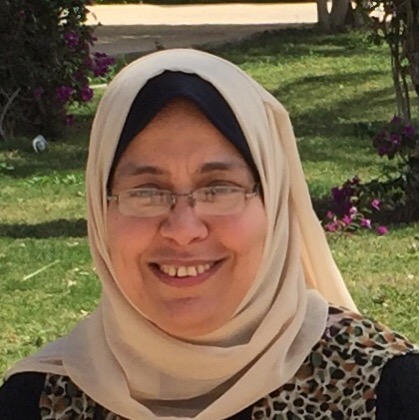Background: Platelets immediately appear at the site of tissue injury in large numbers. By releasing secretory proteins from their [alpha]-granules on activation, platelets set the pace of wound healing; with their effects remaining long after the clot has been cleared. Objective(s): The enhancement of healing by the placement of a supraphysiologic concentration of autologous platelets at the site of tissue injury
Patients and Methods: 10 patients (6 males and 4 females) of different ages (the age ranges from 12 to 72 years) with post-traumatic (3 cases) or post-burn (7 cases) raw areas were grafted with autologous partial-thickness skin graft. The size of the raw area ranged from 2 to 8% of total body surface area of the patient. Before surgery, platelet-rich plasma was prepared by drawing the patient’s own blood and centrifugation in the speed of cycle per minute. In each patient, platelet-rich plasma was injected under half of the graft and postoperative follow-up with clinical assessment and photography was done at 3rd and 7th and 15th and 30th day after the surgery.
Results:
Conclusion(s): The future role of platelet-rich plasma in plastic surgery largely remains both theoretical and anecdotal at this time. Many more controlled clinical studies will be required to establish the conditions under which the application of platelet-rich plasma has merit. In aesthetic plastic surgery, although theoretically appealing and not harmful, the potential benefits of platelet-rich plasma may be difficult to measure in these patients with otherwise normal wound healing.

